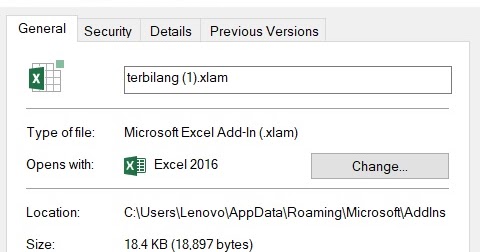

Web Analytics, HelpDesk and Workflow solutions for SharePoint Manage signatures and disclaimers in corporate emailsĭownload emails from external POP3 servers to Exchange Multiple Exchange mailboxes search with a range of features Save, remove and manage attachments on server sideĪutomatically print emails and attachments on Exchange Server Solutions for any environment based on Microsoft Exchange Server Prints emails and attachments automaticallyĢ0 apps to improve your daily work with Outlook Personalize emails with advanced mail mergingĬovers all attachments needs: extract, ZIP, manage The Mail Merge pane appears on the right, ready to walk you through the mail merge.The line of Microsoft Outlook tools and appsġ4 add-ins in one bundle for the best priceįinds and removes duplicated in emails and postsįinds and removes duplicated contacts, tasks, etc To begin the mail merge process, you first need to choose what sort of document you want to create. For example, FirstName, LastName, and Address are header rows. The first row of the table is the header row and contains the field names for the data source.

Word can automatically insert all the appropriate greeting text, title, and name fields at once, so you don’t have to insert the text and required merge fields yourself.ĭata source information is stored in a table. Word can automatically insert all the appropriate address fields at once, so you don’t have to insert the five or six merge fields yourself.Ī group of merge fields that make up the greeting line of a mail merge document, such as “Dear Mr. For example, a single address is made up of a name, street address, city, state, and zip code. An example would be: Dear «FirstName».Ī group of merge fields that make up an address in a mail merge document.

Merge fields appear with chevrons (« ») around them. For example, a single record would include a person’s first and last names, address, phone number, and date of birth.Ī merge field is where you want to insert the information from a data source into a main document. For example, the field «LastName» would only contain people’s last names.Ī record is an entire set of data fields that relate to a single thing or person. Excel spreadsheets, Access databases, or Word document tables are good examples of data sources.Ī data category that stores a specific piece of information. For example, it has records containing the names and addresses of the people a mail merge letter is sent to. The starting document contains the field names for the variable information, like the names and addresses that will be inserted.Ī file that contains the information to be inserted into the main document during a mail merge.

(Main Document) A document that contains the information that is the same for each merged document.


 0 kommentar(er)
0 kommentar(er)
